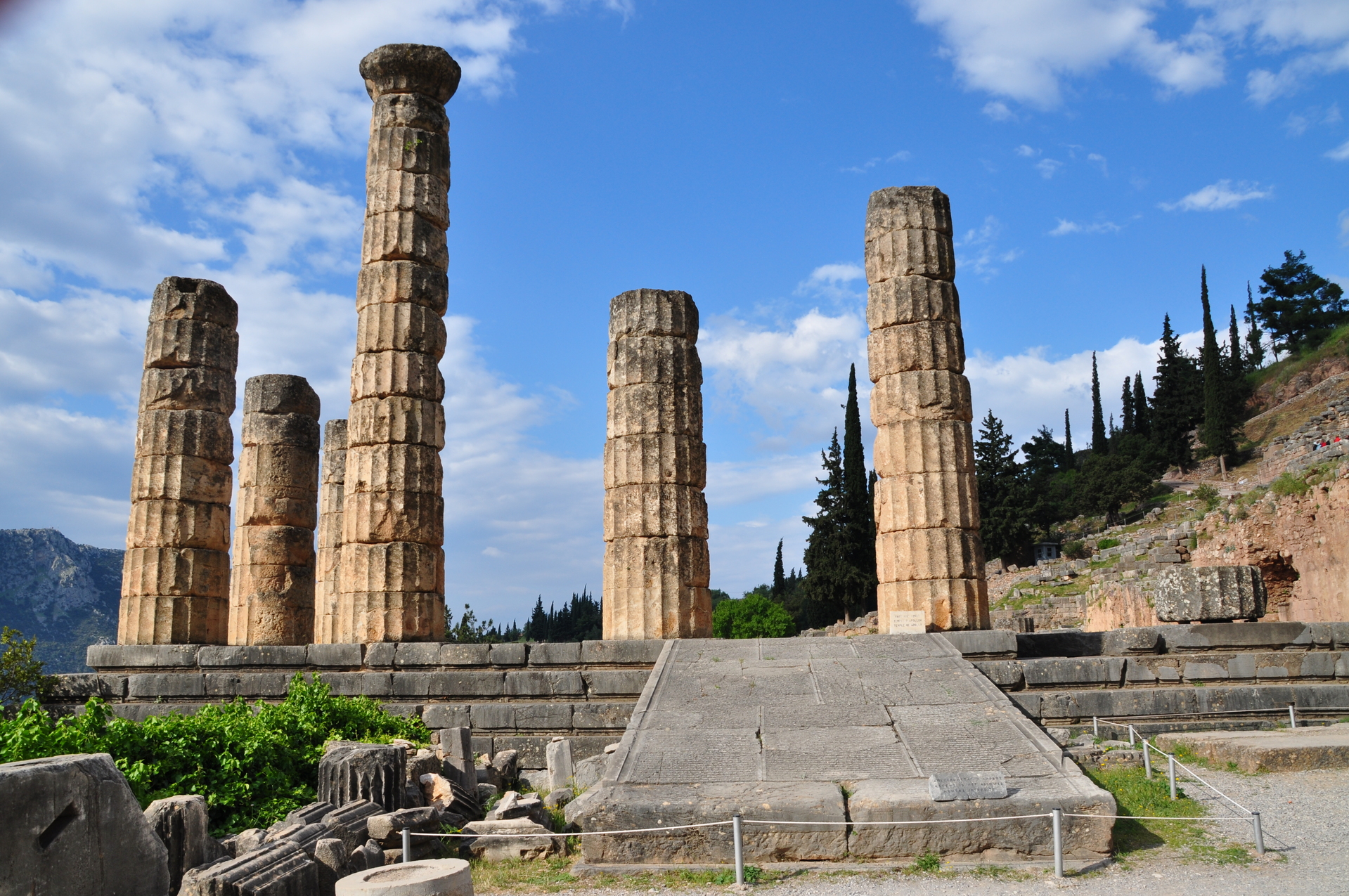
Delphiniums and their history
There are more than 500 species of delphiniums in the world and this flower is certainly more diverse than many people know. It is known for its fascinating shape and the way it can dramatically transform any bouquet. When pairing purple delphiniums with another type of flower, you might want to consider yellow blooms because their colour creates a superb contrast. They can also be added to mixed flower arrangements for an extra splash of colour, height, and to add some more texture.
Delphiniums are native to a number of northern hemisphere areas including Africa’s mountainous region. These flowers are perennials which means that they bloom year after year and, after each dormant period, they will spring back to life!
According to myth, these flowers were named after the Delphi temple which was built in honour Apollo, the sun god. It is believed that he quite liked this flower and this is why people believed the flower to bring them luck. The English named them larkspur, despite the Greeks naming them delphiniums, because of their resemblance to the claw of a lark.
Much like many flowers today, the delphiniums you find at your florist are the product of hybridization. Hybrid species are created in order to isolate the best properties of a flower while eliminating its weaknesses. Langdon, Kelway, and Blackmore are largely responsible for the sudden popularity of this flower by developing new species.
Meanwhile, in America, these flowers proved tougher to cultivate. Vetterly and Reinelt chose to cultivate the seeds rather than the plants as a result. Charles Barber was responsible for cultivating the Hoodacre Whites and Reinelt along with Samuelson developed a number of pink, orange, and red varieties.
It is thanks to these and other great names that we have such an abundant range of delphiniums today. While nature provided us with the main blueprint, science helped us make some amazing improvements. If you love delphiniums, make sure that you get your seasonal dose from your florist!
